It is a really bad idea to use "activate" in a function; I can't explain exactly why this is, except that you are changing the selection of the cell during the calculation. In the following scenario this is going to cause a problem:
multiple cells are being calculated with this function, and
you use `Application.Volatile`, and
you refer to the active cell inside your function, and
you allow multi-threaded calculation,
Things will not happen in the order you expect, and at some point the active cell will be different than you thought. Function ends up referring to the cell it's in, and you have a circular reference. This doesn't happen when you run the debugger since it by definition runs as a single thread - which is why you can't find the problem then...
Here is a suggested rewrite of your function - it doesn't do any activating of cells, but attempts to maintain the same functionality:
Public Function til2day(r As Integer) As Long ''supposed to receive cell("row") as parameter
Dim c As Integer
Dim c1 As Integer
Dim dateRange as Range
Dime dateCell as Range
Application.Volatile True
c = 0
c1 = 34 ''column contains 1/1/2013 date
set dateRange = Range("AH4:OM4")
For Each dateCell in dateRange
If dateCell.Value = Date Then Exit For
Next dateCell
c = dateCell.Column
til2day = Application.WorksheetFunction.Sum(Range(Cells(r, c1).Address, Cells(r, c).Address))
End Function
Note: I attempted to reproduce the functionality of your function - but without a good example of the worksheet you are using, and the values you are expecting to return, it's hard to test. Please try to run this on your worksheet - and let me know if things don't work as you expected.
Note also that the SUMIF function could be used with good effect:
=SUMIF(range, criteria, sum_range)
In your case, use
=SUMIF($AH$4:$OM$4, "<=" & NOW(), $AH18:$OM18)
Where "18" is whatever row you need it to be (and when you drag the formula to a different row, it will continue to refer to the date row because of the $4 absolute reference, but calculate the sum for a different row because of the relative row reference in $AH18:$OM18.
An example of the use of this function (simplified range...)

As you can see, the function is summing columns C through F only since I did this on June 15th.
